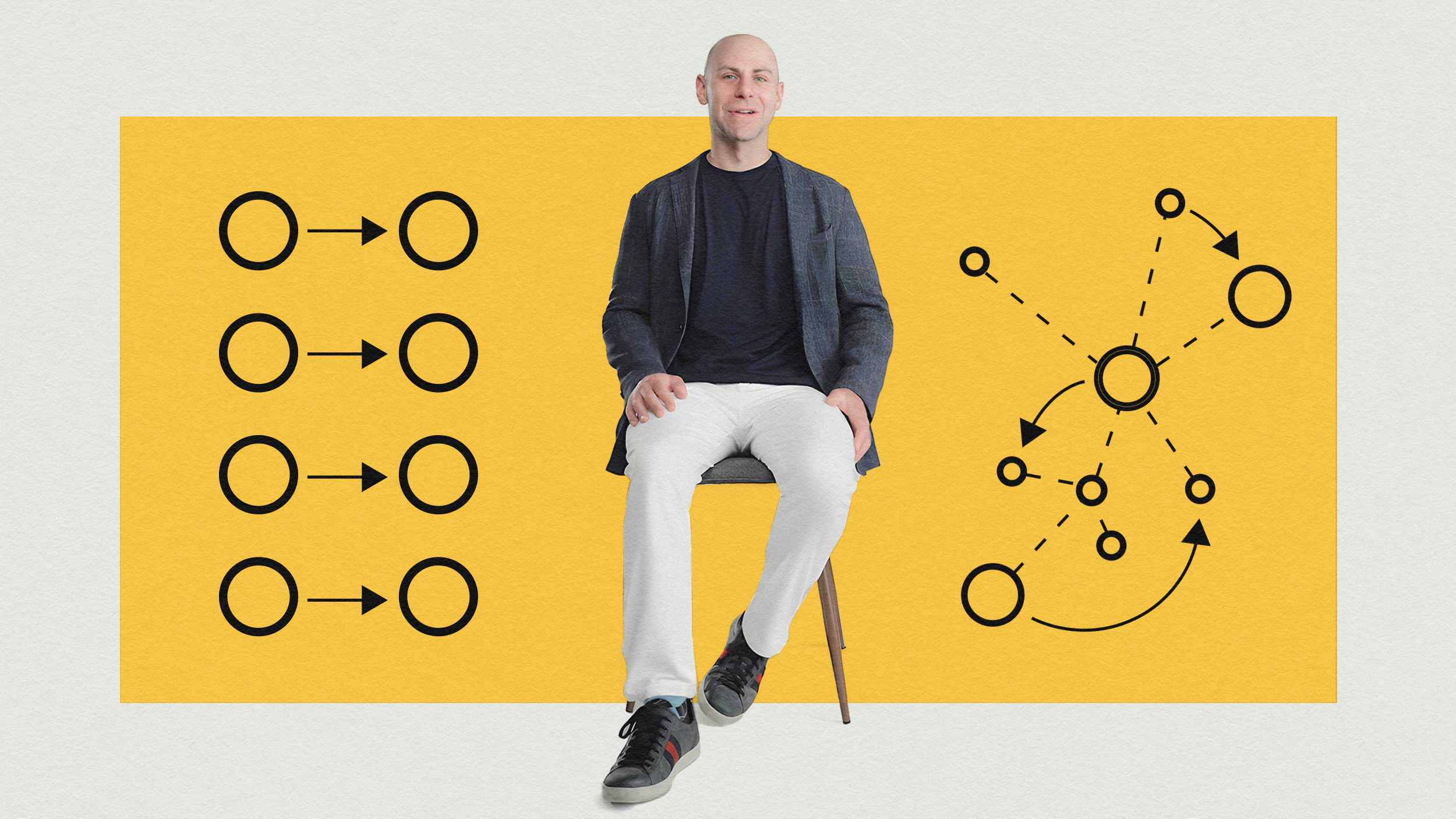Monsanto, Biased Scientists, or the Media: Which One Scares You Most?

The headline on the website of the environmentalist organization Environmental Working Group (EWG) focuses on two of the movement’s biggest current bogeymen; Monsanto, and its popular pesticide, glyphosate. Study: Monsanto’s Glyphosate Most heavily Used Weed-Killer in History, the EWG story reports;
Glyphosate use has risen almost 15-fold since so-called “Roundup Ready” genetically engineered crops were introduced in 1996.
In 2014, enough glyphosate was sprayed to leave more than three-quarters of a pound of the active ingredient on every harvested acre of cropland in the U.S., and remarkably, almost a half pound per acre on all cropland worldwide (0.53 kilogram/hectare).
And the EWG report quotes the author of the study, Charles Benbrook, warning that
The dramatic and rapid growth in overall use of glyphosate will likely contribute to a host of adverse environmental and public health consequences.
Unfortunately, but not surprisingly, the EWG story fails to note (as the study itself does) that while he prepared this study, Benbrook was at Washington State University, where his program:
received funding from foundations, organic food companies, and co-ops.
That’s a far less-than-honest effort at transparency. Benbrook is a widely known and longstanding advocate for organic farming and a leading voice in the movement opposed to genetically modified food. The foundations and companies that created his position at Washington State, giving him a credible academic base from which to advocate his views, were all associated with the organics industry, which he worked for directly before moving to the university. He has been paid by a host of corporate and environmental organizations that vilify Monsanto, glyphosate specifically, and pesticides and genetically modified food generally. When all these overt conflicts of interest were revealed last year, (first by The New York Times in the article “Washington State Professor Allies with the Organics Industry“) the university eliminated Benbrook’s position.
But as I said, it’s not surprising that an environmental group might not mention anything that questions Benbrook’s credibility as an unbiased researcher. They are advocates. That’s what advocates do. What is surprising, and should be worrying to a public that relies on the general news media for fair and reliable information about risk, is that Benbrook’s conflicts of interest weren’t mentioned in most of the newsreports about his study — some of which sound suspiciously like the story EWG ran.
Compare the headline at Phys.org (mission statement: “Our job is to find the interesting science and technology stories, uncover the details, and give our readers their daily dose of news at a single source.) —Monsanto’s glyphosate now most heavily used weed-killer in history, study says.Phys.org is largely just an aggregator, hungry for traffic and readership. But aggregation sites are a growing part of the new media world by which the public learns about risk. Reporting on this study without noting Benbrook’s conflicts leaves Phys.org readers dangerously ill-informed and unable to question whether the “facts” in the study are as Benbrook claims them to be.
So does Newsweek’s story Glyphosate Now the Most-Used Agricultural Chemical Ever. Reporter Doug Main never mentions Benbrook’s conflicts of interest. Nor does he challenge Benbrook’s alarms about the actual risk of glyphosate, a subject of much disagreement among the top food safety regulators in the world.
How about the Minnesota Star Tribune, in a brief piece written by a friend of mine (and great guy), Tom Meersman. Monsanto weed killer Roundup is a huge seller. Tom doesn’t mention Benbrook’s well-established bias or funding conflicts either.
Farmers Weekly, A UK-based agricultural news service, also regurgitates Benbrook’s findings while raising no questions about his honesty although it does note, in its last paragraph, the scientific debate about the potential risk of glyphosate, which Benbrook and EWG fail to mention — Report confirms massive rise in farmers use of glyphosate.
Cleveland.com reports on the study (World roundup: More pesticides used since GMO crops) and only mentions that Benbrook is “an organics consultant.”
Compare those reports to the solid job done by Science 2.0 in Glyphosate Now Most Popular Weed Killer In History, Laments Economist Chuck Benbrook. It not only notes Benbrook’s biases and funding conflicts at several points, but also, even more importantly, puts the actual danger of glyphosate in perspective, rather than just regurgitating the fears of an advocate with a well-known bias. It suggests there are reasons to question what Benbrook says and raises those questions itself, on behalf of the reader.
There is a lot to worry about in all of this. Glyphosate may be harmful to human or environmental health, although it has replaced pesticides that were known to be far more toxic to farm workers and the environment, a fact which none of the stories mentions. Monsanto is a big international corporation, out to enrich itself and its shareholders. These bogeymen are worthy of concern.
But of far more concern is the growing trend of dishonest scientists using the supposedly credible “peer-reviewed scientific literature” not to promote knowledge but to advocate biases and points of view. Scientists influenced by corporate money have been doing this on all sorts of issues for years, and appropriately, journalists have been raising red flags about conflicts of interest from corporate influence. Environmental and public health scientists are doing it more and more too. It is unfortunate that those conflicts of interest, just as relevant to the reader, are not flagged nearly as much, as should have been done with Benbrook.
The public really ought to worry about this, about advocates posing as honest scientists and about journalists who fail to report conflicts of interest or challenge the pseudoscience, bias-as-fact “peer-reviewed scientific evidence” of advocates heavily funded by parties with vested interests on any side of any contentious issue. Such incomplete reporting gives these claims a stamp of credibility they don’t deserve. It establishes these questionable assertions as fact in the public’s mind. It leaves people poorly equipped to make intelligent choices about questions of health and safety, and manipulated by a point of view.
Of course that’s just what Benbrook and the anti-GMO funders of his research hope. Shame on them (and others on all sides of many issues) for such deceit. But shame, too, on journalists, who bear a moral responsibility to help us sort fact from spin so we can make more informed decisions about how best to keep ourselves safe. And bravo to the journalists, like those at Science 2.0, who recognize this responsibility and serve the public well by being more careful. These are the sources of information, in this new and fractionalized media world, we should reward with our readership, and our trust.
(Here is my own conflict of interest statement; I have been paid to teach the psychology of risk perception to a wide range of companies, academic institutions, government agencies, and non-government organizations, including several seeking help understanding public concerns about pesticides and about genetically modified food.)
Image: GettyImages, Phillipe Huegen




